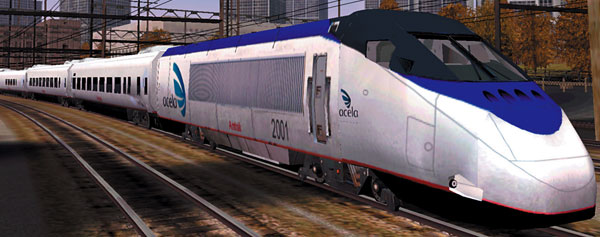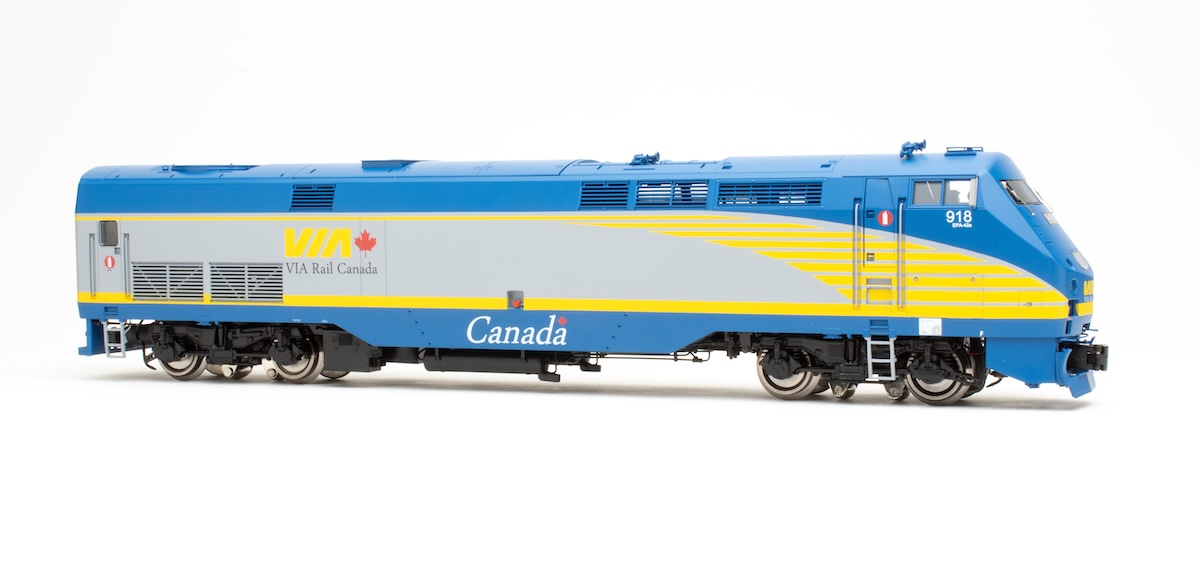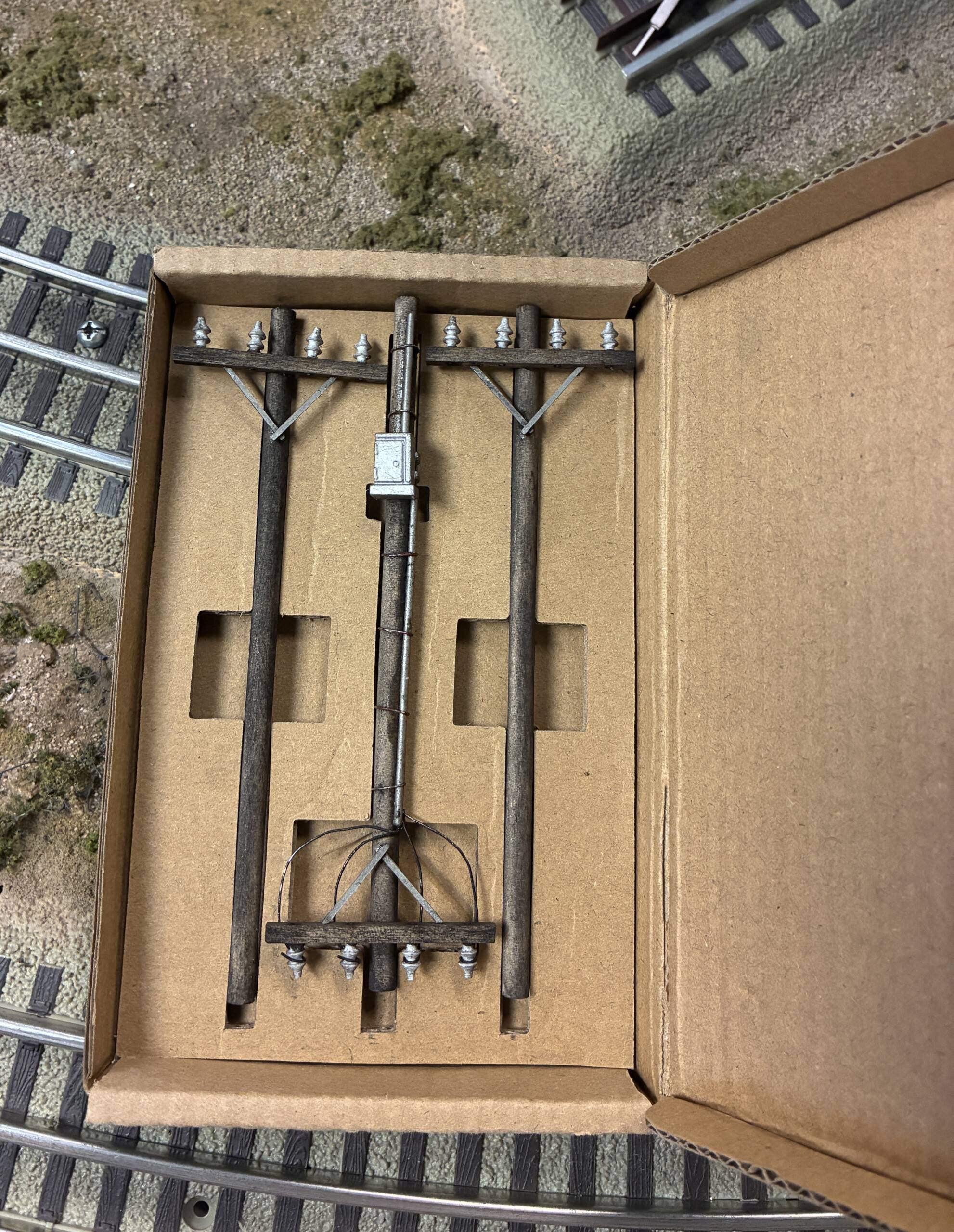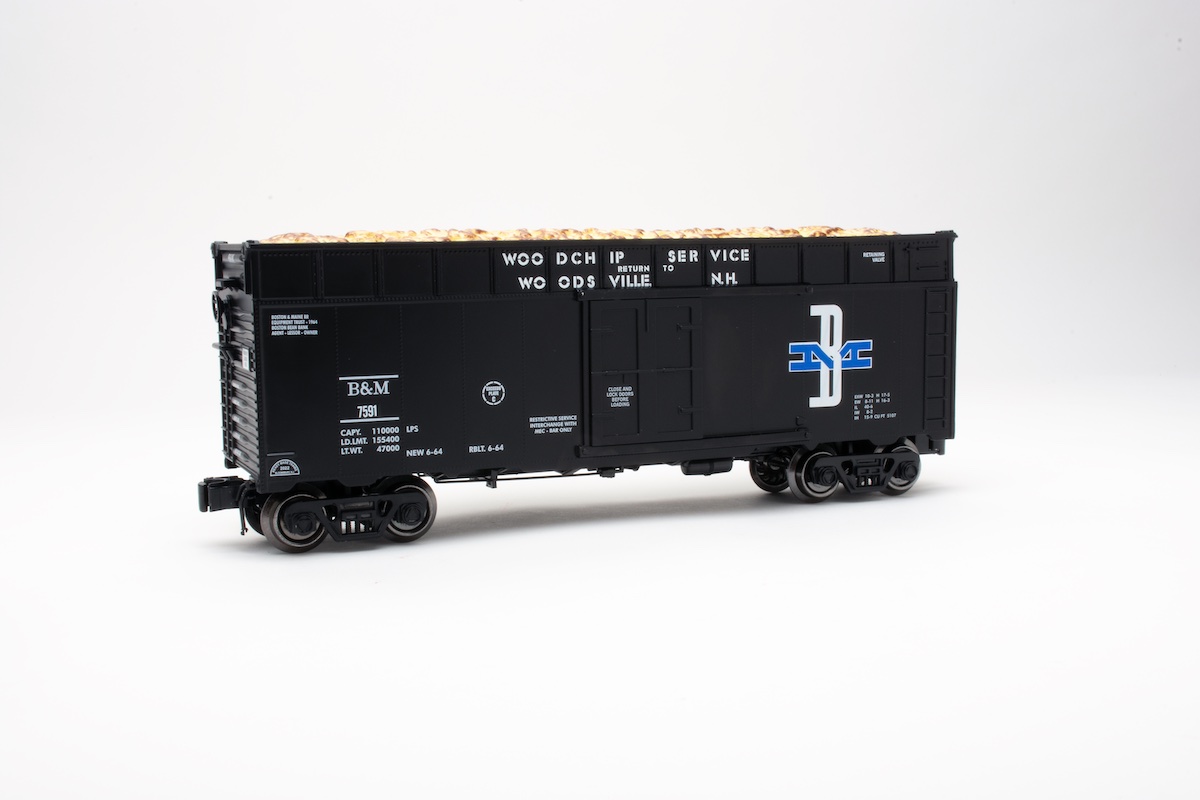Microsoft’s Train Simulator is the closest thing to being in a locomotive’s cab. In addition to controlling your own train and route, you can be a passenger on a scenic ride of your choice or just stand at trackside or hover above and watch the action. You can experience all of this without even grabbing onto a handrail.
Train Simulator is a visually impressive, mentally challenging game. All it takes is a late-model computer (sorry, no Macs) with a big hunk of memory and a CD-ROM drive and you’re all set to go railroading.
The Train Simulator program is a nice, compact package that includes two CD-ROMS, a handy “Signs & Signals/Keyboard Shortcuts” guide and a Quickstart Reference Guide. In addition, you’ll find an Engineer’s Handbook (in PDF format for easy printout and reference) and an on-screen guide available anytime during a run with just a click of a button.
While the program is being installed (sit tight, Train Simulator’s 1.5 gigs take a while to download), you’ll want to acquaint yourself with the some basic keyboard commands. At first I thought a mouse might be easier to use, but I found the keystrokes to be no problem.
The commands are grouped together and in no time I had weaned myself off the Keyboard Shortcuts guide. Once you’ve become familiar some basic commands, you can take a relaxing ride as a passenger in your choice of train (electric, diesel, or steam), or sit down for a 10-minute tutorial that will give you a brief overview of the different trains the program has to offer.
Interactive tutorials are provided for all three types of locomotives – diesel, electric, and steam. As you sit in the cab, an omniscient engineer points out the various controls in the cab. Everything is presented with excellent detail specific to the locomotive you’re operating, from throttle, to ammeter, to braking gauges. If you choose to lean out of the cab, you’ll see signs and signals up close and personal. Each tutorial is custom-fit to the type of engine you choose to operate. For instance, if you decide on a steam locomotive, you’ll learn how to be a real fireman, shoveling coal into the firebox opening and determining whether you’ve built up enough steam to travel.
With information learned in the tutorials, you should be able to follow some of the shorter, easier routes. For more advanced operations, such as coupling and uncoupling, you’ll want to consult the Engineer’s Handbook and practice on a simple route before trying your hand at the more difficult ones.
Once fully trained (pun intended), you’ll want to try each of the six real-life routes. Two each are in the U.S., Europe and Japan. Maps detailing the route, stops, and elevation are provided in the Quickstart Guide. On-screen panels, which can be turned off and on, detail the route, timetable and weather conditions. You’ll also have a choice of trains (though type is specific to that particular route). Scenery on the routes is realistic and sharp – you’ll really feel as though you’re climbing the Alps or cruising across the northeastern United States. You’ll especially appreciate the different view choices at this point; instead of just being in the cab, you can choose the passenger or outside view and take in the scenery.
Of course, not all trips are a ride through the park. You can also choose the what type of run you’d like, be it a calm, relaxing run or a busy run with lots of stops and a tight schedule. Routes are designated “easy,” “medium” and “hard” and each comes with an interesting scenario. Those wanting to master the basics of train operation should choose an easy route, such as taking students home from college during a fair spring day. Medium difficulty situations introduce potential hazards like stormy weather and several quick stops. If you are up for a challenge, try keeping things calm on the Orient Express while the detective on board gets to the bottom of the whodonit. Or safely change routes in Japan because an earthquake has destroyed the original one.
My one complaint about Train Simulator stems from speed and control of the train. Each time you reach “overspeed,” the emergency brakes are automatically applied.
I was bewildered the first few times this happened, but I quickly realized my error and made a mental note to keep a closer eye on my speed.
Routes (when right on schedule) range in duration from 5 minutes to 2 hours. However, you can make it as long or short as you like by restarting a game or saving your progress.
Whenever you quit out of a game, a “score” screen pops up detailing the progress you made on the route: stops and couples made correctly, speed violations, and keeping on schedule, to name a few. There are no fiery derailments or explosive grade-crossing accidents, so fans of “blast ’em” games may find Train Simulator lacking.
Train Simulator is an exciting, challenging game. With so many choices, from trains to routes to situations, you’ll find this to be a great investment. And pretty soon you just might find yourself remarking about what a busy day you had riding the rails!














